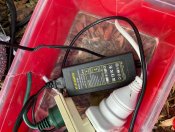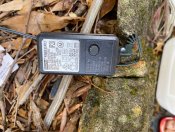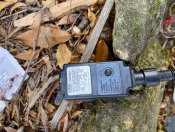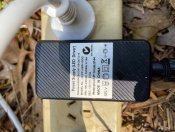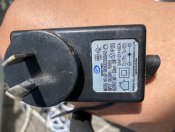Andrew2708
New elf
- Joined
- Dec 12, 2014
- Messages
- 15
I have over the past few years spent a small fortune on fairy lights, rope lights motifs plus some home made lights. Can anyone share with me if and how I can use / modify these to create an interactive lighting display. I hate to think that I have to throw all of this out to start again with pixels and the like.
Thanks for any help or direction you can provide.
Andrew
Thanks for any help or direction you can provide.
Andrew



